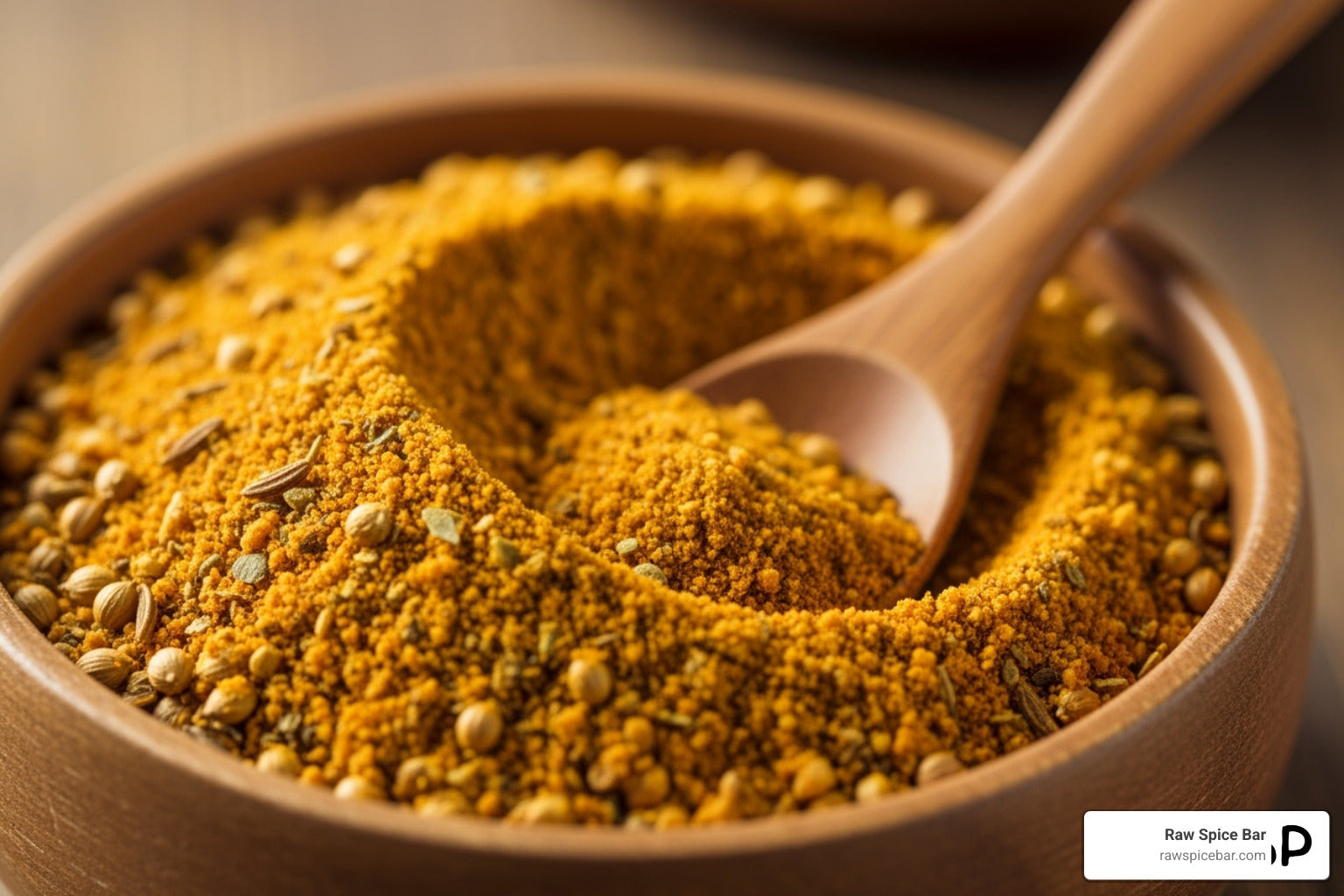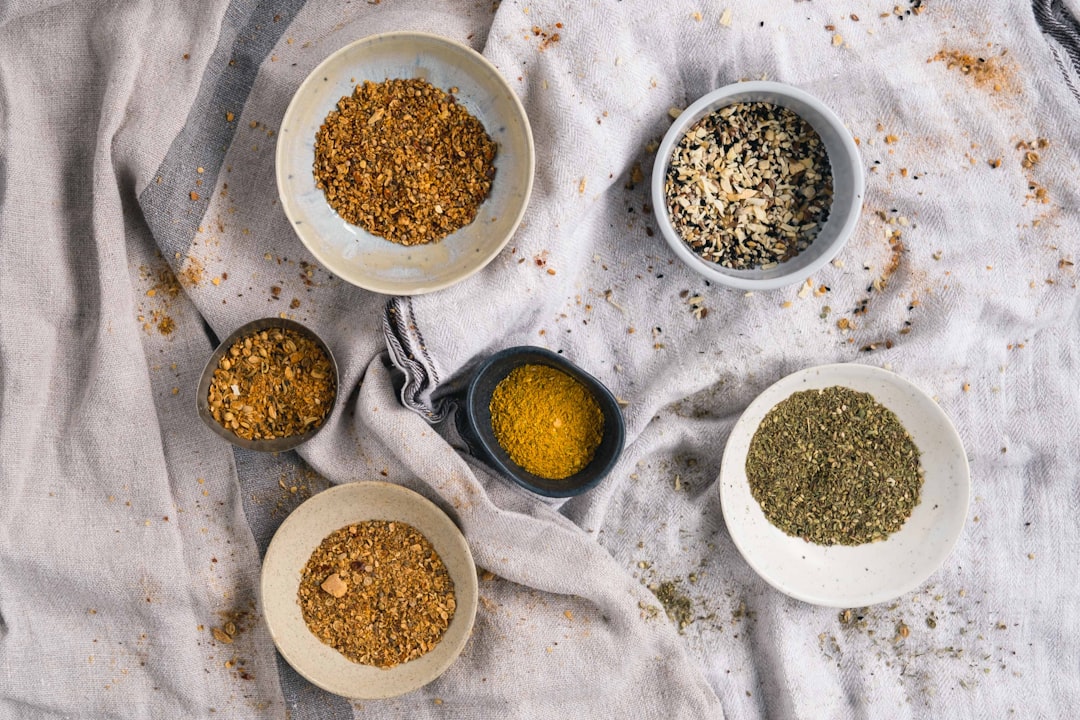What is Ground Coriander Anyway?
Ground coriander replacement can save your dish when you're halfway through cooking and realize you're out of this essential spice. Here are the top substitutes that work beautifully:
Quick Ground Coriander Replacements:
- Cumin - Use ¾ teaspoon for every 1 teaspoon coriander (earthy, warm)
- Caraway seeds - Use 1:1 ratio (closest flavor match, citrusy)
- Ground fennel - Use ½ teaspoon for every 1 teaspoon coriander (sweet, mild licorice)
- Garam masala - Start with half amount (complex spice blend)
- Curry powder - Start with half amount (adds yellow color from turmeric)
Ground coriander comes from the dried seeds of the Coriandrum sativum plant - the same plant that gives us fresh cilantro leaves. But don't confuse them! While cilantro tastes bright and peppery (some say soapy), ground coriander has a warm, earthy, and slightly citrusy flavor that's been treasured in kitchens from India to Morocco for centuries.
This aromatic spice is a staple in curry powders, garam masala, and countless global dishes. It adds depth without overwhelming other flavors, making it perfect for everything from hearty stews to delicate marinades.
As Joseph Rosenblatt, founder of a successful spice brand specializing in global flavors, I've helped countless home cooks steer ground coriander replacement challenges through years of recipe development and spice sourcing. My experience creating salt- and sugar-free spice blends has taught me exactly which substitutes work best in different cuisines and cooking methods.
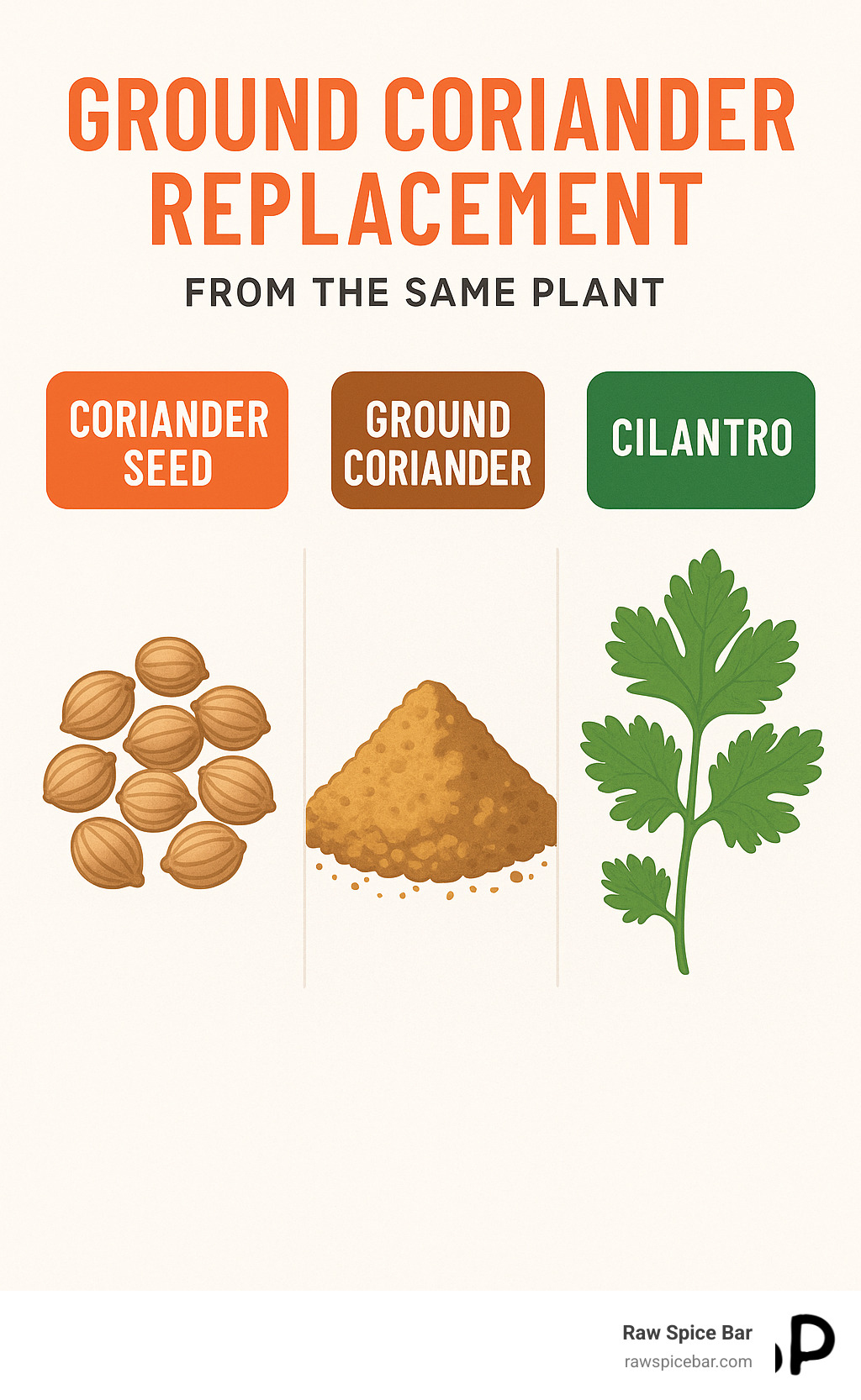
Ground coriander replacement terms simplified:
Your Guide to the Best Ground Coriander Replacement Options
When a recipe calls for ground coriander and your spice jar is mysteriously empty (it happens to the best of us!), don't panic. We've got you covered. This section will detail the top substitutes, their flavor profiles, and ideal uses, helping you make the perfect choice for your recipe. The goal isn't always an exact replica, but a delicious, harmonious flavor profile that complements your dish.
1. Cumin: The Earthy Cousin
If you're looking for a ground coriander replacement, cumin is often our first recommendation. These two spices are like culinary siblings – both hail from the parsley family (Apiaceae), giving them a natural affinity. While coriander offers a milder, more lemony and floral note, cumin brings a bolder, earthier, and slightly peppery flavor to the table. Think of it as coriander's more assertive cousin.
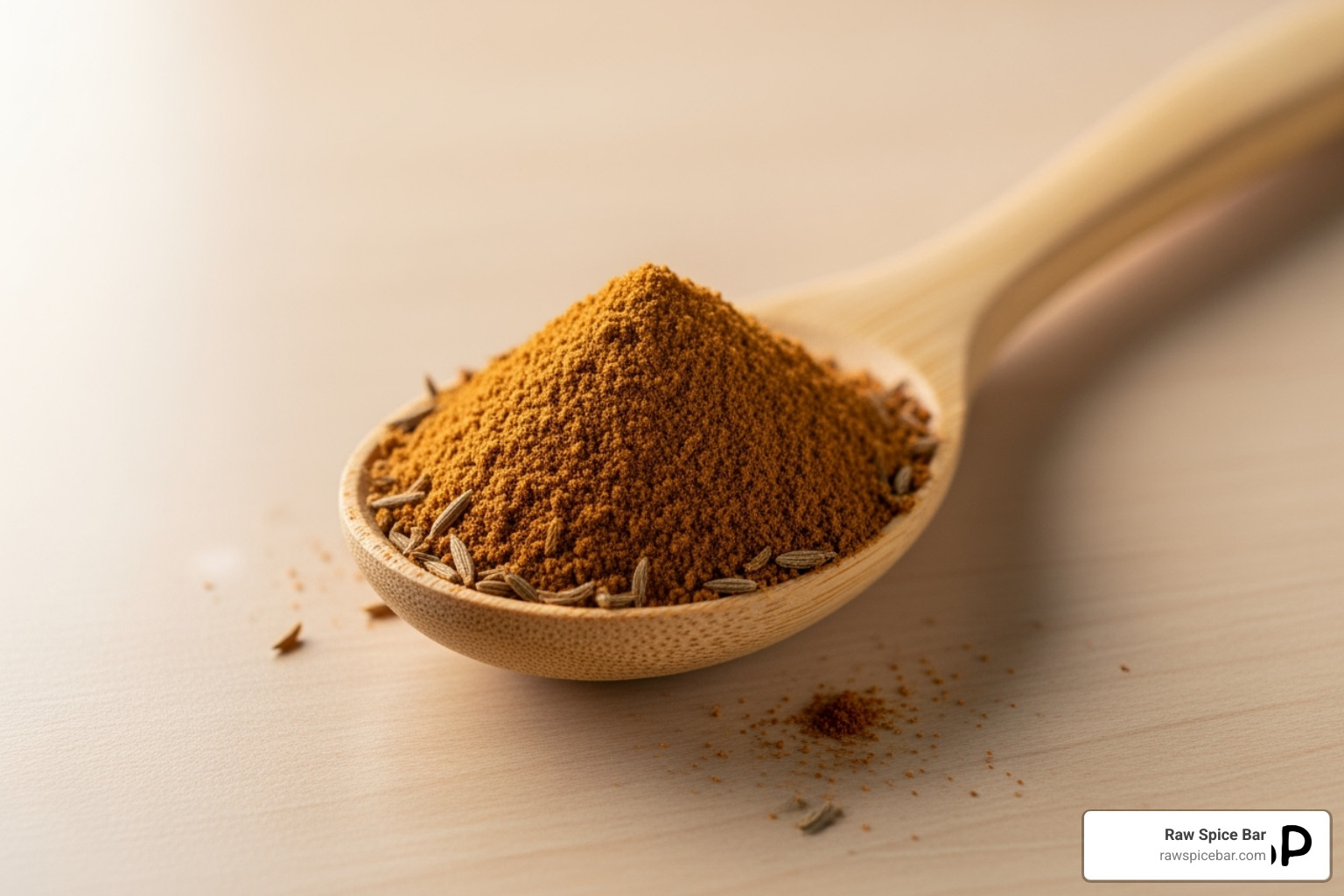
Flavor Profile: Cumin is known for its nutty, earthy, and slightly lemony taste, often with a hint of smokiness. This makes it a fantastic stand-in for ground coriander, especially in savory dishes. In fact, many traditional recipes use both cumin and coriander together, making them the "peanut butter and jelly" of the spice cabinet, as some culinary experts affectionately call them.
Substitution Ratio: Because cumin is generally stronger than ground coriander, we recommend starting with less. A good rule of thumb is to use ¾ teaspoon of ground cumin for every 1 teaspoon of ground coriander called for in your recipe. You can always add a pinch more to taste if you feel your dish needs it.
Best for: Cumin shines in a variety of cuisines where ground coriander is also a staple. It's particularly excellent for:
- Curries and stews: Its robust flavor stands up well in rich, slow-cooked dishes.
- Mexican cuisine: Think chili, tacos, and black bean soup – cumin is a foundational spice here.
- Middle Eastern dishes: It adds authentic depth to tagines, kebabs, and falafel.
- Indian dishes: Cumin is a crucial component in many Indian spice blends and individual dishes like dahl and various rice preparations.
When using cumin as a ground coriander replacement, you'll find it integrates seamlessly into many recipes, providing that warm, earthy base you're looking for. Cumin Vs Coriander Decoding Unique Flavors And Culinary Harmony
2. Caraway: The Closest Flavor Match
For those seeking a ground coriander replacement that truly mimics its unique nuances, caraway seeds often come out on top. It's a bit of a secret weapon in the spice world! Caraway seeds, like coriander, belong to the same botanical family, and they share some of the same aromatic compounds, notably linalool and pinene. This means they possess a similar warm, citrusy, and slightly peppery character that makes them an excellent substitute.
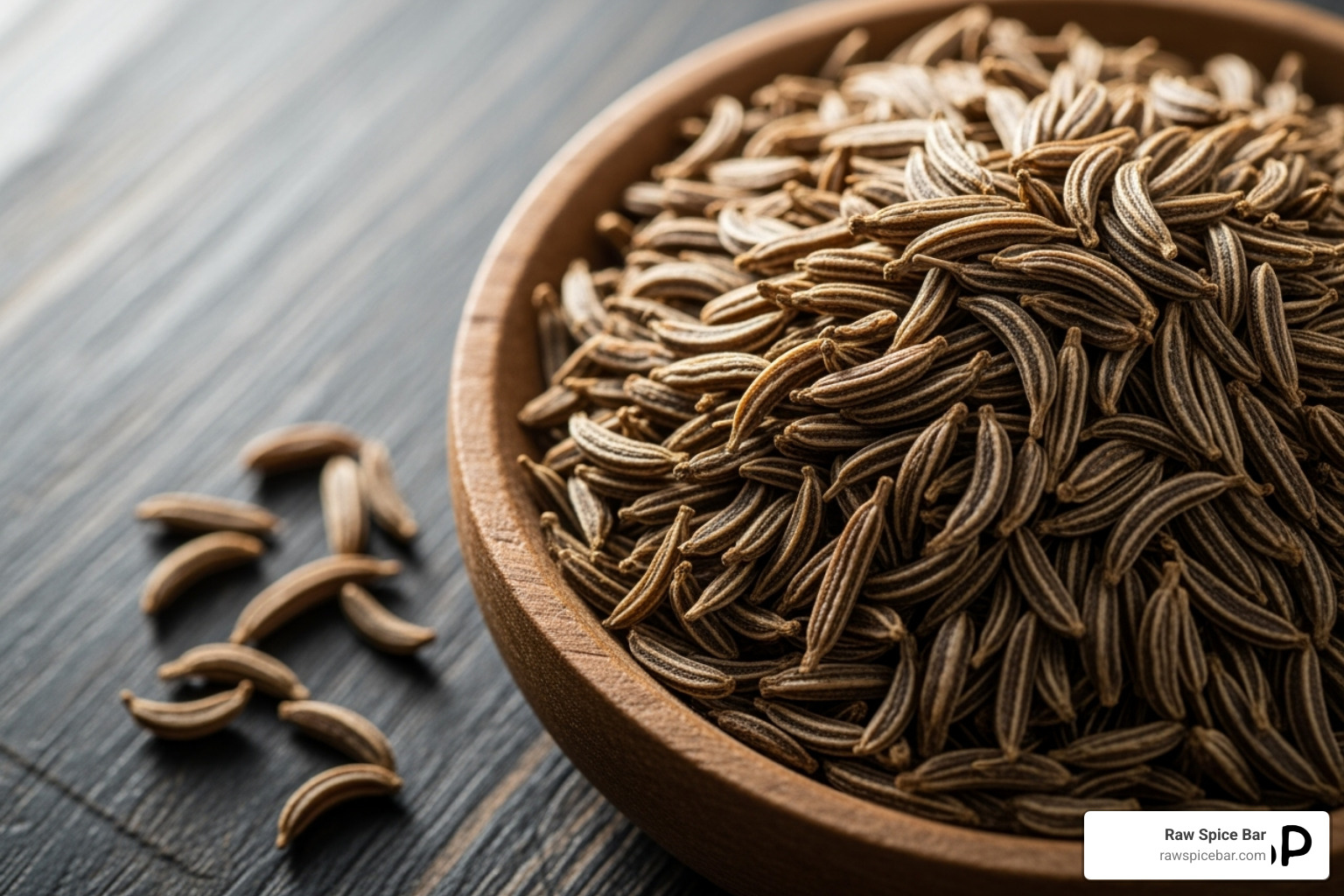
Flavor Comparison: While caraway has a more pronounced anise-like undertone than coriander, its overall profile is remarkably similar. It offers that earthy, nutty quality with a bright, almost lemony finish that can evoke the essence of ground coriander. Some describe caraway as having a "slight astringency" that mirrors coriander's subtle complexity.
Substitution Ratio: This is where caraway truly shines as a ground coriander replacement: you can generally use a 1-to-1 replacement ratio. This means if your recipe calls for 1 teaspoon of ground coriander, you can use 1 teaspoon of ground caraway. However, as with any substitute, we always recommend starting with a slightly smaller amount and tasting as you go, especially if you're sensitive to the anise notes.
Best for: Caraway's distinct yet complementary flavor profile makes it ideal for:
- Breads: Famously used in rye bread, it adds a warm, savory depth.
- Roasted vegetables: It can lift the flavor of root vegetables like potatoes and carrots.
- Pork dishes: Caraway pairs beautifully with pork, enhancing its richness.
- European cuisine: Common in German, Austrian, and Eastern European dishes, it adds an authentic touch.
- Pickling: Whole caraway seeds are a fantastic ground coriander replacement in pickling spices and brines, offering a similar mild, floral note.
The presence of shared aromatic oils like linalool and pinene is a key reason caraway works so well. Scientific research on caraway's aromatic compounds confirms the presence of these compounds in both spices, contributing to their similar flavor profiles.
3. Ground Fennel Seeds: The Sweet & Anise-like Stand-In
Another strong contender for ground coriander replacement is ground fennel seeds. While it introduces a more distinct licorice-like note, it shares a wonderful earthiness and a subtle citrusy sweetness with coriander, making it a surprisingly effective alternative in many dishes.

Flavor Profile: Fennel seeds are characterized by their mild licorice notes, often described as sweet and aromatic. They also have an earthy undertone and a slight citrus hint that can beautifully complement the existing flavors in your dish, much like coriander does.
Substitution Ratio: Given its slightly more assertive and unique flavor, we recommend using ground fennel sparingly as a ground coriander replacement. Start with about ½ teaspoon of ground fennel for every 1 teaspoon of ground coriander. This allows you to introduce its sweet, aromatic qualities without overwhelming the dish. You can always add a little more if you desire a stronger fennel presence.
Best for: Ground fennel is particularly well-suited for:
- Lamb and sausages: Its sweet notes cut through the richness of meats, especially in dishes like kofta kebabs.
- Mediterranean recipes: Fennel is a common ingredient in Mediterranean cuisine, making it a natural fit for these dishes.
- Soups and stews: It adds a layer of warmth and complexity to hearty liquid-based meals.
- Curries: Fennel seeds are often found in Indian and Middle Eastern spice blends, so it makes sense as a ground coriander replacement in these contexts.
- Root vegetables: It pairs wonderfully with roasted or braised root vegetables.
If you have whole fennel seeds, you can toast them lightly and then grind them using a mortar and pestle or a spice grinder to achieve the freshest flavor for your ground coriander replacement.
4. Garam Masala: The Complex Blend
When you're out of ground coriander and cooking an Indian-inspired dish, garam masala can be a lifesaver. This aromatic Indian spice blend is a fantastic ground coriander replacement because, well, it usually contains coriander itself! Garam masala is a symphony of warm, aromatic spices, and its balanced profile can add a beautiful depth to your food.
Garam Masala Ingredients: The exact composition of garam masala can vary by region and household, but it typically includes a blend of several spices, many of which overlap with coriander's flavor profile. Common ingredients include:
- Coriander (often a primary component)
- Cumin
- Cinnamon
- Cloves
- Cardamom (green and black)
- Black pepper
- Nutmeg
- Mace
- Bay leaf
- Ginger
Flavor Profile: Garam masala is generally sweeter and more aromatic than curry powder. It's designed to provide a harmonious blend of warm, earthy, and slightly sweet notes that are characteristic of Northern Indian cuisine.
Substitution Ratio: Since garam masala is a blend of many spices, it’s more potent and complex than pure ground coriander. We recommend starting with a conservative amount. Use half the amount of garam masala as you would ground coriander, and then taste and adjust. For example, if a recipe calls for 1 teaspoon of ground coriander, start with ½ teaspoon of garam masala.
Best for: Garam masala is an ideal ground coriander replacement in:
- Indian dishes: Especially curries, stews, and lentil dishes where a rich, layered spice profile is desired.
- Marinades for meats: It adds a wonderful depth to chicken, lamb, or paneer.
- Vegetable dishes: Lifts the flavor of roasted or sautéed vegetables.
Important Consideration: Because garam masala is a blend, it will introduce other flavors (like cinnamon, cardamom, and cloves) that might not be present in your original recipe. Be mindful of other spices already in your dish to avoid overpowering the flavor. No Coriander Seeds These Spices Have Got Your Back
5. Curry Powder: The Bold & Colorful Option
Similar to garam masala, curry powder is another excellent ground coriander replacement because coriander is typically a major component of this popular blend. Curry powder is a broad term for a mix of dried spices, and its flavor profile can range from mild to fiery, but it consistently delivers a warm, complex, and often pungent kick.
Curry Powder Ingredients: While recipes vary, most curry powders heavily feature:
- Coriander
- Cumin
- Turmeric (giving it its characteristic yellow color)
- Fenugreek
- Chili powder or cayenne
- Ginger
- Other spices like mustard seed, black pepper, and cardamom
Flavor Profile: Curry powder offers a robust, earthy, and often spicy flavor with distinct notes from its various components. The turmeric gives it a slightly bitter, warm undertone, along with its vibrant color.
Color Change: Be aware that using curry powder as a ground coriander replacement will likely add a bright yellow color to your food due to the turmeric content. This isn't necessarily a bad thing – it just means your dish might look a little different than if you'd used pure ground coriander!
Substitution Ratio: As with garam masala, curry powder is a blend and can be quite potent. We recommend starting with half the amount of curry powder as you would ground coriander, and then tasting and adjusting. For example, if your recipe calls for 1 teaspoon of ground coriander, begin with ½ teaspoon of curry powder.
Best for: Curry powder is a versatile ground coriander replacement for:
- Curries: Naturally, it's perfect for most curry dishes.
- Soups and stews: It adds warmth and an exotic flavor.
- Marinades and rubs: Great for chicken, fish, or vegetables.
- Lentil and bean dishes: Adds depth and richness.
Important Consideration: Just like with garam masala, using curry powder introduces a range of other flavors. If your recipe already includes spices like cumin or turmeric, be mindful not to double up too heavily on those flavors when using curry powder as a ground coriander replacement.
Tips for a Successful Ground Coriander Replacement
Using a substitute is easy, but a few key tips will ensure your dish tastes its best. Think of it like being a spice detective – you're solving the mystery of missing coriander with some clever kitchen wisdom!
Adjusting for Flavor Intensity
Here's the thing about spice substitutions: they're rarely a perfect swap. Each spice has its own personality, and some are definitely more outgoing than others.
Start with less is our golden rule for any ground coriander replacement. Trust me on this one – it's so much easier to add more spice than to try rescuing an over-seasoned dish! Begin with about half the amount you think you need, then gradually build up the flavor.
Taste as you go might sound obvious, but it's your secret weapon. After stirring in your substitute, give it a minute to mingle with the other ingredients, then taste. Does it need more oomph? Perfect – add a pinch more. Your taste buds are way smarter than any measuring spoon.
Cumin is stronger than coriander, so stick to that ¾ teaspoon ratio we mentioned earlier. On the flip side, milder substitutes like fennel might need a heavier hand to achieve the right flavor balance. The goal isn't always to perfectly mimic coriander – sometimes you're just looking for that warm, earthy depth that makes everything taste better.
Considering the Cuisine and Dish
The best ground coriander replacement often depends on what you're actually cooking. A spice that works beautifully in Indian curry might feel totally out of place in European bread.
Think about your recipe's origin first. If you're making an Indian dal, garam masala or curry powder feels natural because they already contain the flavor profile you're aiming for. Mexican dishes practically beg for cumin, while European cuisine often welcomes caraway with open arms.
Matching substitutes to cuisine makes everything easier. For Indian food, you can't go wrong with cumin, garam masala, or curry powder – they all play nicely with the other spices typically found in these dishes. Mexican food and cumin are best friends, providing that essential earthy foundation for everything from chili to tacos. European food traditions often feature caraway, especially in breads and hearty stews.
Pay attention to spice blend compatibility too. If your recipe already contains turmeric, adding curry powder (which has more turmeric) might tip the balance toward bitter territory. It's all about creating harmony, not a spice competition.
Watching for Color and Texture Changes
Sometimes your ground coriander replacement does more than just change the flavor – it can completely transform how your dish looks and feels.
Turmeric in curry powder will paint your food a gorgeous golden yellow. This isn't necessarily bad, but if you're making a delicate white sauce, you might want to choose a different substitute to avoid the yellow color surprise.
Ground spices can make clear liquids like broths or pickling brines turn cloudy. If you're making something where crystal-clear appearance matters, consider using whole seeds instead of ground versions, or choose your substitute carefully.
The difference between ground and whole spices affects texture too. Whole seeds give little bursts of flavor when you bite them, while ground spices blend seamlessly into the dish. Keep this in mind for your overall dish appearance – sometimes a little color change or texture shift is part of the fun of experimenting with new flavors!
Frequently Asked Questions about Ground Coriander Substitutes
We get a lot of questions about ground coriander replacement options, and honestly, some of the confusion makes perfect sense! The whole coriander plant family can be a bit puzzling, so let's tackle the most common questions we hear from home cooks.
Can I use fresh cilantro as a ground coriander replacement?
I wish I could say yes to make your life easier, but unfortunately, no - fresh cilantro won't work as a ground coriander replacement. I know it seems logical since they come from the same plant, but using cilantro instead of ground coriander would be like substituting orange juice for orange zest. Same fruit, completely different flavors!
Here's what's happening: we're dealing with different plant parts that taste nothing alike. Ground coriander comes from the dried, mature seeds, while cilantro is the fresh green leaves. The flavor profiles couldn't be more different - ground coriander gives you that warm and earthy base note with subtle citrus hints, while fresh cilantro hits you with a fresh and peppery punch that some people love and others... well, let's just say it tastes soapy to them due to genetics.
If you tried using cilantro as a ground coriander replacement, you'd end up with a drastic recipe change that would probably leave you wondering what went wrong. Trust me, your curry will thank you for finding a proper substitute instead!
What's the difference between coriander seed and ground coriander?
This one's much simpler - think coffee beans versus ground coffee! Ground coriander is simply whole coriander seeds that have been dried and ground into a fine powder. That's literally it.
But here's a pro tip from years of working with spices: if you want the freshest flavor possible, try grinding whole coriander seeds yourself. You can use a mortar and pestle, a dedicated spice grinder, or even a clean coffee grinder. The difference in aroma and taste is honestly pretty amazing.
When you're converting between the two, use about ¾ teaspoon of ground coriander for every 1 teaspoon of whole coriander seeds. The ground version is more concentrated, so you need a bit less to get the same flavor impact.
What if I don't have any of these substitutes?
Sometimes the spice cabinet just isn't cooperating, and that's okay! Ground coriander often plays a supporting role in recipes rather than being the star of the show. It adds warmth and complexity, but it's rarely the make-or-break ingredient.
If you're completely out of options, omitting the spice entirely might be your best bet. Yes, your dish will have less complexity and might miss that subtle earthy depth, but it won't be ruined. I'd rather see you skip it completely than force in a substitute that clashes with your other flavors.
Consider your recipe's integrity though. If you're making a dish where coriander is foundational - like certain Indian curries - the absence will be more noticeable. But for something like roasted vegetables where it's just one of several seasonings? You'll probably be just fine.
Cooking is about working with what you have and still creating something delicious. Don't let one missing spice derail your entire meal - that's definitely a last resort option when no suitable ground coriander replacement is available!
Conclusion: Accept Flavorful Experimentation
Running out of ground coriander doesn't have to derail your cooking plans. Think of it as an opportunity to explore new flavors and expand your culinary horizons! Throughout this guide, we've finded some truly excellent ground coriander replacement options that can save your dish and maybe even improve it.
Cumin stands out as your reliable, earthy companion - especially when you're cooking Mexican, Middle Eastern, or Indian dishes. Its warm, nutty flavor creates that perfect foundation you're looking for. Caraway takes the prize for being the closest flavor match, with its lovely citrusy notes and slight anise undertones that work beautifully in European cuisine and homemade breads.
Don't overlook ground fennel seeds either. Their sweet, mildly licorice-like character adds something special to lamb dishes and Mediterranean recipes. And when you're making Indian food, both garam masala and curry powder are fantastic choices since they often contain coriander already - just remember they'll bring their own complex blend of flavors and colors to your dish.
At Raw Spice Bar, we're passionate about empowering home cooks to accept culinary creativity. Missing a spice isn't a cooking disaster - it's your invitation to experiment, learn something new, and find flavor combinations you might never have tried otherwise. We've built our mission around helping you explore authentic global flavors right from your own kitchen, turning every cooking session into an exciting trip.
The beauty of cooking lies in its flexibility. Each ground coriander replacement we've covered brings its own personality to your food. Some will surprise you with how well they work, while others might inspire you to try completely new recipes from different cuisines.
So next time you reach for that ground coriander and find an empty jar staring back at you, smile! You now have a whole toolkit of delicious alternatives ready to step in. Trust your taste buds, start with smaller amounts, and let your curiosity guide you toward new culinary findies.
Ready to start on your next flavor trip? Explore Our Spice Subscription Boxes and never run out of exciting spices again!




